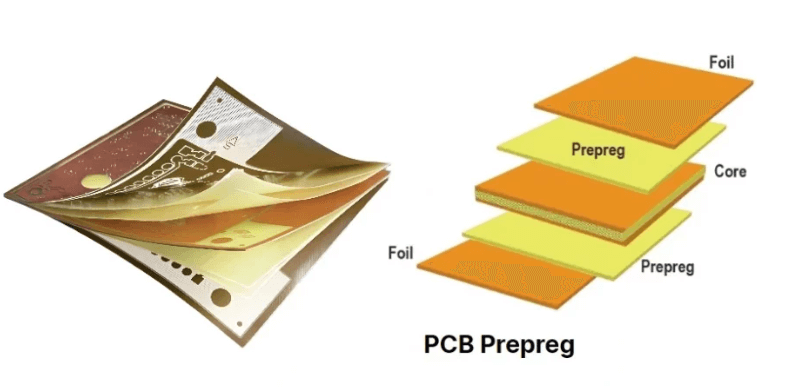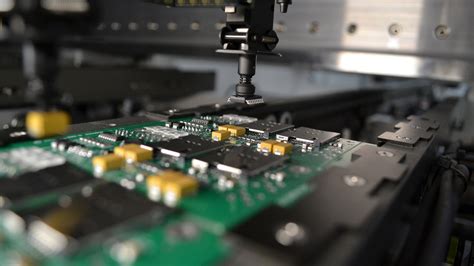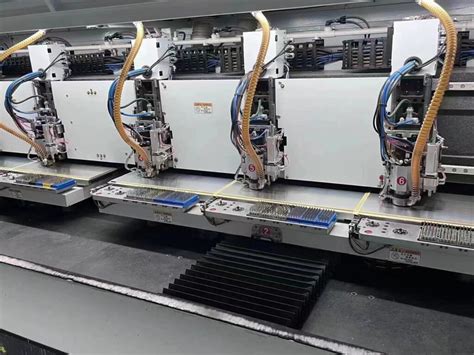What is Prepreg? A Comprehensive Guide to Pre-Impregnated Composite Materials
Introduction to Prepreg Technology
In the world of advanced composite materials, prepreg stands as a critical innovation that has revolutionized industries ranging from aerospace to sporting goods. The term “prepreg” is a contraction of “pre-impregnated,” referring to composite materials where a reinforcement fiber is pre-impregnated with a resin system prior to the final manufacturing process. This advanced material form combines the structural benefits of high-performance fibers with the matrix properties of precisely formulated resins, all in a ready-to-use format that offers manufacturers unprecedented control over the final product’s characteristics.
Prepreg materials represent a significant evolution from traditional wet layup methods where resin is applied to dry fibers during the manufacturing process. By pre-combining these elements under controlled factory conditions, prepregs deliver superior consistency, mechanical properties, and processing advantages that have made them indispensable in applications where performance, weight savings, and reliability are paramount.
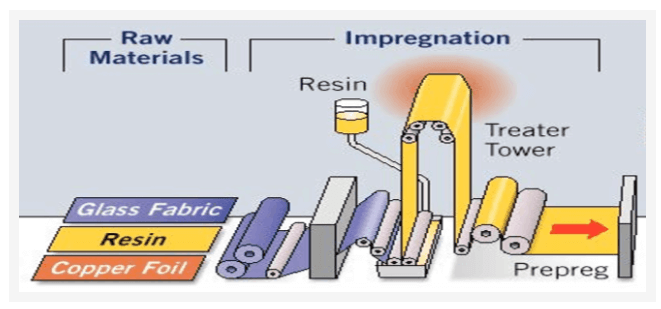
Composition and Structure of Prepreg Materials
Fiber Reinforcements
At the heart of every prepreg material lies the fiber reinforcement that provides the composite’s structural backbone. The most common fiber types used in prepregs include:
- Carbon fibers: Offering exceptional strength-to-weight ratio and stiffness, carbon fiber prepregs dominate aerospace and high-performance applications.
- Glass fibers: More economical than carbon while still providing good mechanical properties, used in automotive and marine applications.
- Aramid fibers (e.g., Kevlar): Known for their impact resistance and toughness, often used in ballistic protection.
- Hybrid fabrics: Combinations of different fiber types to achieve specific performance characteristics.
These fibers can be arranged in various architectures:
- Unidirectional (all fibers aligned in one direction for maximum strength along that axis)
- Woven fabrics (for balanced properties in multiple directions)
- Non-crimp fabrics (combining unidirectional plies with slight stitching)
- Multiaxial fabrics (with fibers oriented in several specific directions)
Resin Systems
The resin matrix in prepreg serves multiple critical functions: transferring loads between fibers, protecting fibers from environmental damage, and determining the composite’s thermal and chemical resistance characteristics. Major resin systems include:
- Epoxy resins: The most widely used prepreg resins, offering excellent mechanical properties, good temperature resistance, and processing characteristics.
- Phenolic resins: Known for fire resistance and low smoke toxicity, used in aircraft interiors.
- Bismaleimide (BMI) resins: High-temperature performance for aerospace applications.
- Polyimide resins: Extreme temperature capability for specialized applications.
- Cyanate ester resins: Low moisture absorption and excellent electrical properties.
Each resin system is carefully formulated with additives that control viscosity, curing behavior, and final material properties. The resin content in prepregs typically ranges from 25% to 45% by weight, precisely controlled during the manufacturing process.

Other Components
Modern prepregs often include additional elements to enhance functionality:
- Toughening agents to improve impact resistance
- Flow modifiers to control resin movement during cure
- Catalysts and hardeners that activate during the curing process
- Fillers for specific properties like conductivity or wear resistance
Manufacturing Process of Prepreg
The production of prepreg materials is a carefully controlled industrial process that ensures consistent quality and performance characteristics. The manufacturing sequence typically involves:
- Fiber Production and Preparation: High-quality fibers are produced (through processes like carbonization for carbon fibers) and arranged into the desired architecture (woven, unidirectional, etc.).
- Resin Formulation: The resin system is prepared with precise ratios of base resin, hardeners, and additives. This formulation determines the prepreg’s handling characteristics and final properties.
- Impregnation Process: The heart of prepreg manufacturing where fibers and resin are combined. Two primary methods exist:
- Hot-melt process: The most common method where fibers pass through a resin bath or are coated with resin film under controlled temperature and pressure.
- Solvent dip process: Fibers are passed through a resin solution, then the solvent is evaporated (less common due to environmental concerns).
- B-staging: The partially cured state where the resin is advanced enough to be non-tacky at room temperature but can still flow and fully cure under heat and pressure. This is achieved through precise temperature control during manufacturing.
- Quality Control: Rigorous testing ensures proper resin content, fiber alignment, and material properties. Automated inspection systems monitor for defects.
- Packaging and Storage: Prepregs are typically shipped on rolls or as sheets, protected with release films or papers, and stored frozen (-18°C or lower) to prevent premature curing.
Types of Prepreg Materials
Prepreg materials can be categorized in several ways based on different characteristics:
By Cure Temperature
- Low-temperature cure prepregs (120°C or below): Used for applications requiring energy efficiency or compatibility with other materials.
- Medium-temperature cure prepregs (120-180°C): The most common range, balancing properties and processing requirements.
- High-temperature cure prepregs (above 180°C): For applications demanding exceptional thermal performance.
By Form
- Tape prepregs: Narrow widths of unidirectional material for automated processes like tape laying.
- Sheet prepregs: Larger format materials for hand layup or cutting.
- Fabric prepregs: Woven or stitched fabrics pre-impregnated with resin.
By Tack Level
- High-tack prepregs: Sticky at room temperature for easy layup of complex shapes.
- Low-tack prepregs: Less sticky, preferred for automated processes where precise placement is needed.
Specialty Prepregs
- Conductive prepregs: Containing additives for electrical conductivity.
- Fire-retardant prepregs: Formulated to meet stringent flammability requirements.
- Toughened prepregs: With enhanced impact resistance for structural applications.
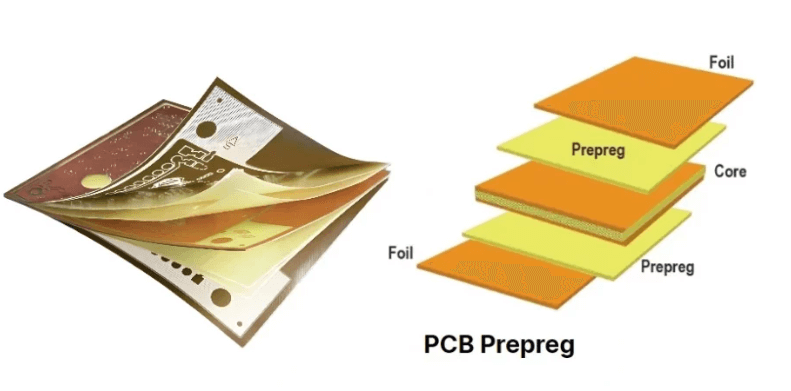
Applications of Prepreg Materials
The unique properties of prepreg materials have led to their adoption across numerous industries:
Aerospace and Defense
- Aircraft primary and secondary structures (wings, fuselages, control surfaces)
- Spacecraft components
- Missile systems
- Radar transparent structures
Automotive
- High-performance vehicle components (body panels, chassis elements)
- Racing car monocoques
- Electric vehicle battery enclosures
Sporting Goods
- Bicycle frames and components
- Tennis rackets
- Golf club shafts
- Snowboards and skis
Industrial Applications
- Wind turbine blades
- Pressure vessels
- Industrial robotics
- Medical imaging equipment
Electronics
- Printed circuit board substrates
- Electronic enclosures
- Antenna structures
Advantages of Prepreg Technology
The widespread adoption of prepreg materials stems from their numerous advantages over alternative composite manufacturing methods:
- Consistent Quality: Factory-controlled impregnation ensures uniform resin distribution and fiber content.
- Optimized Fiber/Resin Ratio: Precise control maximizes mechanical properties while minimizing weight.
- Reduced Process Variability: Eliminates many variables associated with wet layup processes.
- Superior Mechanical Properties: Higher fiber volume fractions and better fiber wetting translate to better performance.
- Repeatability: Critical for certified production in regulated industries like aerospace.
- Reduced Waste: Precise resin amounts minimize excess material.
- Cleaner Processing: No mixing or handling of liquid resins at the production site.
- Design Flexibility: Allows creation of complex, high-performance structures.
Challenges and Considerations
While prepreg technology offers significant benefits, there are important considerations:
- Cost: Prepreg materials are more expensive than dry fibers and liquid resins.
- Storage Requirements: Most prepregs require freezer storage and have limited shelf life.
- Curing Requirements: Need for autoclaves or precision heating equipment adds capital cost.
- Process Sensitivity: Requires strict control of temperature, pressure, and vacuum during cure.
- Material Handling: Some prepregs are delicate and require careful handling to prevent damage.
Future Trends in Prepreg Technology
The prepreg industry continues to evolve with several notable trends:
- Out-of-Autoclave (OOA) Prepregs: Formulated to achieve aerospace quality without expensive autoclave equipment.
- Fast-cure Formulations: Reducing cure times from hours to minutes for higher production rates.
- Sustainable Materials: Bio-based resins and recycled fiber prepregs for environmental benefits.
- Functionalized Prepregs: Incorporating sensors, heating elements, or other smart features during manufacturing.
- Digital Integration: Improved modeling and simulation tools for prepreg processing.
- Additive Manufacturing: Combining prepreg materials with 3D printing techniques.
Conclusion
Prepreg technology represents a pinnacle of composite material engineering, offering unmatched control over material properties and manufacturing processes. From the skies to the sports field, prepreg-derived components demonstrate what’s possible when material science meets precision engineering. As the technology continues to advance, we can expect prepreg materials to enable even more innovative applications across industries, pushing the boundaries of performance, efficiency, and design possibilities.
Understanding prepreg fundamentals is essential for anyone working with advanced composites, whether in design, manufacturing, or material selection. The unique combination of performance characteristics, processing advantages, and quality consistency ensures that prepreg will remain a cornerstone of high-performance composite applications for years to come. As new formulations and processing methods emerge, the potential applications for these remarkable materials will only continue to expand.

